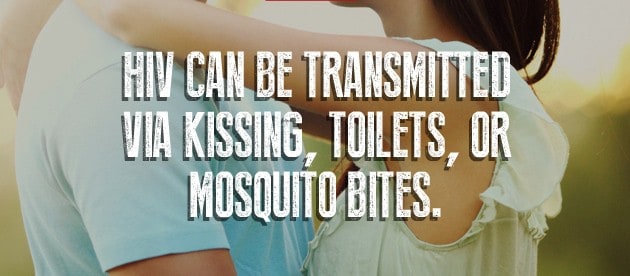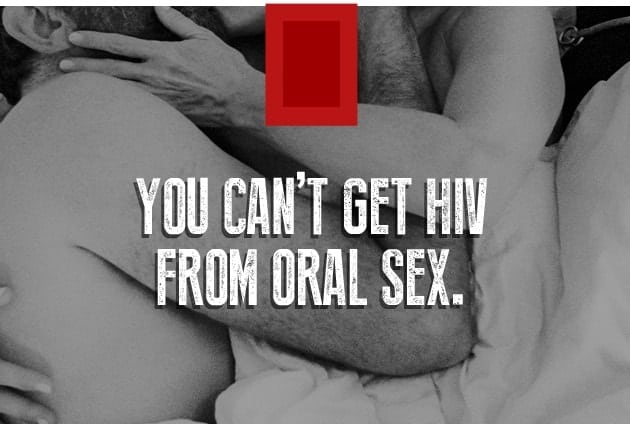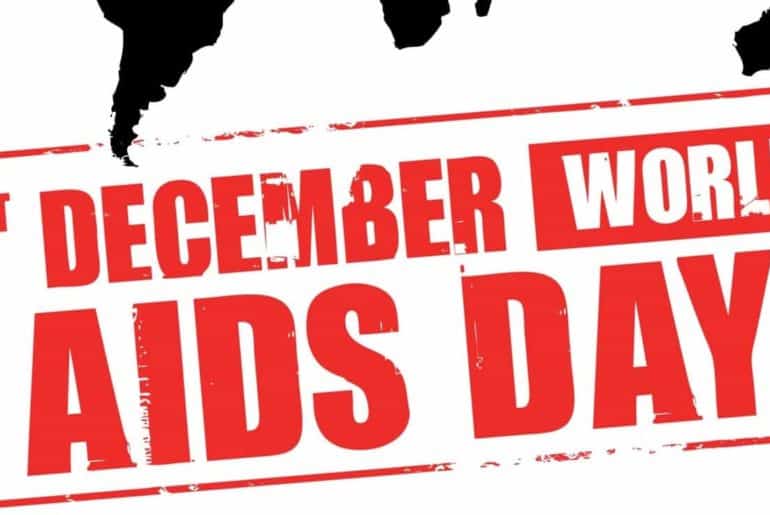World Health Organization (WHO) marks World AIDS Day as one of the official global public health campaigns among seven others. World AIDS Day is celebrated worldwide every year on December 1 and the theme for year 2014 is “Focus, Partner, Achieve: An AIDS-Free Generation.”
World AIDS Day draws attention to the current status of the Human Immunodeficiency Virus/Acquired Immunodeficiency Syndrome (HIV/AIDS) epidemic worldwide.
What is HIV/AIDS?
HIV is a lot like other viruses, including those that cause the “flu”. HIV can hide for long periods in the cells of your body and that it attacks a key part of your immune system – your T-Cells or CD4 Cells. Your body has to have these cells to fight infections and disease, but HIV invades them, uses them to make more copies of itself, and then destroys them.
Over time, HIV can destroy so many of your CD4 cells that your body can’t fight infections and diseases anymore. When that happens, HIV infection can lead to AIDS. AIDS is the final stage of HIV infection, and not everyone who has HIV advances to this stage. People at this stage of HIV disease have badly damaged immune systems, which put them at risk for opportunistic infections.
Myths about HIV/AIDS

Anjali Gopalan, founder of Naz Foundation clears the myths about the disease and provides contrary facts.
Naz Foundation (India) Trust is an NGO that works for HIV/AIDS and sexual health in the country. Naz provides a variety of services to those impacted by HIV/AIDS and uses a holistic rights-based approach to fight the disease, focusing on prevention and treatment.
DU Beat presents you the top seven myths and misconceptions about the disease of HIV AIDS.
1. You can catch the virus even if you just come in contact with an HIV positive person
This is the biggest myth related to HIV. Anjali Gopalan says, “HIV gets transmitted only through exchange of body fluids, unprotected penetration, unsafe blood, non sterilized syringes and breast feeding.”
It cannot be transmitted through physical contact unless you have an open wound which comes into contact with the body fluids (semen, vaginal fluids, breast milk, blood or pre-ejaculatory fluids) of an HIV-positive person.

HIV cannot be transmitted through:
(i) toilet seats or door-knob handles.
(ii) touching, hugging, holding hands, or cheek kissing with an HIV-infected person.
(iii) Deep kissing (exchange of saliva)
(iv) sharing eating utensils with an HIV-infected person.
(v) mosquito bites.
(vi) Sharing exercise equipment or playing sports.
(vii) Contact with sweat or tears.

2. The HIV virus spreads through mosquito bites
According to Anjali Gopalan, the virus cannot survive in insects, and hence HIV cannot be transmitted through mosquito bites.
When mosquitoes bite a person, they do not inject the blood of a previous victim into the person they bite next. Mosquitoes do, however, inject their saliva into their victims, which may carry diseases such as dengue fever, malaria or yellow fever and can infect a bitten person with these diseases. HIV is not transmitted in this manner.
3. The gay community is responsible for spreading HIV/ the disease is mostly rampant in the gay community
Due to lack of risk of pregnancy, gay people are more likely to engage in intercourse without condoms. This does not mean, though, that heterosexual people are risk-free: anyone can get AIDS from anyone through unprotected sex regardless of age, sex, ethnicity, or sexual orientation.

Anjali Gopalan says, “HIV affects immune system and the virus does not discriminate on basis of how you love. Everyone is at risk of getting HIV from blood-to-blood contact, sharing needles or unsafe sex. Worldwide, HIV is spread most often through heterosexual contact. In India too, 70% of the men are infected by contact with their female counterparts.”
4. HIV virus can’t spread through oral sex
According to Health Promotion Board, exchange of body fluids leads to infection by HIV. This exchange is possible during oral sex when there are open wounds. These include cuts, sores or abrasions in the mouth or gums, or infections in the throat or mouth that are inflamed. There may also be abrasions or sores on the penis or vagina.
Anjali Gopalan clearing this myth says, “The risk of contracting HIV through oral sex is not impossible, but it is lower than from penile-vaaginal intercourse. Oral sex can be harmful in certain cases and therefore, it is advised to use condoms.”

5. The virus can’t spread from an HIV positive person undergoing antiretroviral treatment
Antiretroviral therapy can reduce the amount of HIV in the body. However, HIV remains in the body and can be transmitted to others.
Anjali Gopalan pointed out, “. Antiretroviral drugs don’t keep you from passing the virus to others. Therapy can keep the viral load down to undetectable levels. It is still essential to practice safe sex so you won’t make someone else become HIV-positive.

6. If two people are already infected with the virus, it’s okay for them to have unprotected sex
Anjali Gopalan, says “If a couple having oral sex chooses not to use protection, they are exposed to have different strains of the disease, which means they can be subjected to subtypes of the virus.”
This therefore causes superinfection. This superinfection or strain may become more resistant to the current treatment taken, or cause the current treatment option to be ineffective. One might find the antiretroviral medicines useless by the time you get superinfected.

7. HIV is a death sentence
HIV/AIDS has no cure, but it isn’t a ‘life-over’ scenario for the patient either. There has been tremendous progress in treatment for HIV over the years.
Anjali Gopalan remarks, “Medication is available and if the patient takes right medicines on proper time and regular intervals, he or she can live long and healthy life. However, HIV can not be cured. If someone is infected with HIV, he or she cannot get rid of the virus.”
With inputs from Anjali Gopalan, www.aids.gov and World AIDS Day (Wikipedia)
Feature Image Credits: http://hiphopandpolitics.com/
Iresh Gupta
[email protected]





Comments are closed.